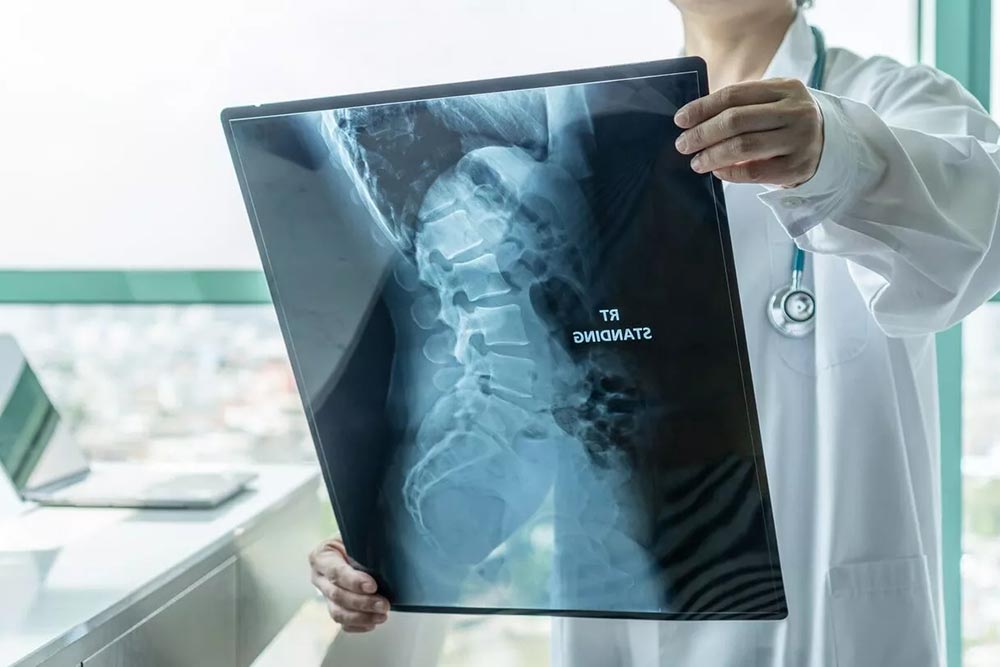Globally, around 1 out of 10,000 people are having Spinal Muscular Atrophy or SMA. In the United States, 10,000 – 25,000 children and adults are diagnosed with this condition.
 SMA, or spinal muscular atrophy, is a genetic condition that affects nerves and muscles, causing muscles to weaken over time. It primarily affects newborns and children, although it can also impact adults. Symptoms and prognosis differ depending on the kind of SMA. Treatment is offered via gene replacement and disease-modifying treatments.
SMA, or spinal muscular atrophy, is a genetic condition that affects nerves and muscles, causing muscles to weaken over time. It primarily affects newborns and children, although it can also impact adults. Symptoms and prognosis differ depending on the kind of SMA. Treatment is offered via gene replacement and disease-modifying treatments.
SMA patients do not have a specific type of nerve cell (called motor neurons) in the spinal cord that controls muscle movement. That means if these motor neurons are absent, the muscles will not receive nerve signals that cause them to move.
Symptoms of Spinal Muscular Atrophy
These are the symptoms of spinal muscular atrophy:
- Weak muscles and shrunk muscle size
- Tight muscles and limited range of motion
- Restricted breathing
- Curvature of spine
- Difficulty in eating and swallowing
The predominant symptom of chromosome 5-related SMA is voluntary muscular weakness. The muscles closest to the center of the body, such as the shoulders, hips, thighs, and upper back, are the most impacted. The lower limbs appear to be more affected than the higher limbs, and deep tendon reflexes are reduced.
Special issues arise when the muscles responsible for breathing and swallowing are damaged, resulting in anomalies in these activities. If the back muscles weaken, spinal curvatures might occur.
In chromosome 5-related SMA, the age of onset and degree of the motor function obtained vary greatly. These are broadly connected with the amount of functional SMN protein present in motor neurons, which is correlated with the number of copies of SMN2 genes a person possesses. Sensory, mental, and emotional functions are all normal in people with chromosome-5 SMA.
Some types of SMA are not associated with chromosome 5 or SMN deficiency. The severity of these kinds and the muscles most affected varies widely. While most forms, such as the chromosome 5-related type, mostly affect the proximal muscles, other forms exist that primarily impact the distal muscles (those further out from the body’s center) – at least in the beginning.
Some SMA symptoms are similar to those of neuromuscular illnesses such as muscular dystrophy. Your medical doctor will do a physical exam and take a medical history to determine the origin of your symptoms.
To diagnose SMA, your healthcare professional may additionally perform one or more of the following tests:
- An enzyme and protein blood test can detect elevated amounts of creatine kinase. Declining muscle tissues secrete this enzyme into the bloodstream.
- Genetic test: This blood test detects issues with the SMN1 gene. A genetic test is 95% successful as a diagnostic technique for identifying the mutated SMN1 gene. SMA is tested for in several jurisdictions as part of regular newborn screenings.
- An electromyogram (EMG) monitors the electrical activity of nerves, muscles, and nerves.
- Muscle biopsy: A physician may do a muscle biopsy on rare occasions. A little sample of muscle tissue is removed and sent to a lab for analysis during this treatment. A biopsy may indicate muscular atrophy or loss.
What are the types of SMA?
There are four types of SMA categorized by the severity of the disease:
Type 1. Type 1 is also called infantile or onset SMA. It starts from birth up to 6 months. This is the most severe type of SMA
Type 2 . Type 2 starts at the age of 7 to 18 months. Babies at this age have difficulty walking but can sit on their own. Moderate to severe symptoms may occur.
Type 3. Type 2 symptoms show from 18 months up to adolescence. This is the mildest form of SMA
Type 4. This is usually seen in adults ages 35 years old.
What Causes Spinal Muscular Atrophy?
A defect with the SMN1 gene causes the majority of SMAs. The gene does not produce enough protein required for motor neurons to function appropriately. Motor neurons deteriorate and are unable to convey impulses to the muscles.
Each parent provides one copy of the SMN1 gene to a kid with SMA.
A child who inherits the SMN1 gene from only one parent is unlikely to develop SMA, but they may pass the gene on to their children.
How Does Spine Muscular Atrophy progress?
The later the symptoms appear and the more SMN protein there is, the milder the course of the illness is predicted to be in chromosome 5-related SMA. While newborns with SMA were once expected to live no longer than two years, most clinicians now consider SMN-related SMA a continuum. They prefer not to make complex predictions about life expectancy or weakening based only on the age of start. SMA is the most prevalent hereditary cause of newborn death.
SMA has no cure, but early diagnosis and treatment have a vital role in the condition. People with SMA may join spinal muscular atrophy clinical trials in the hopes of a cure for this illness. The trials are ongoing and have shown promising results for treating this medical condition. Doctors, parents, nurses, therapists, dietitians, and counselors play a vital role in helping SMA patients improve their functions and life.

